What if your next viral video didn’t need a script, a camera, or even a team?
Small business owners spend an average of around 6 to 10 hours weekly on content and social media marketing. If you’re wearing all the hats (CEO, creative director,…
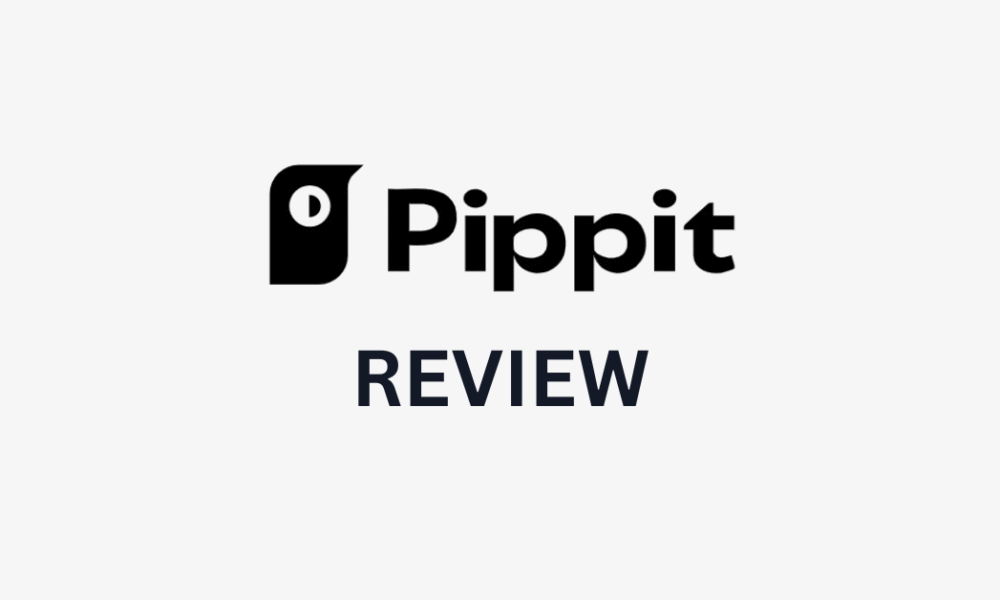
What if your next viral video didn’t need a script, a camera, or even a team?
Small business owners spend an average of around 6 to 10 hours weekly on content and social media marketing. If you’re wearing all the hats (CEO, creative director,…
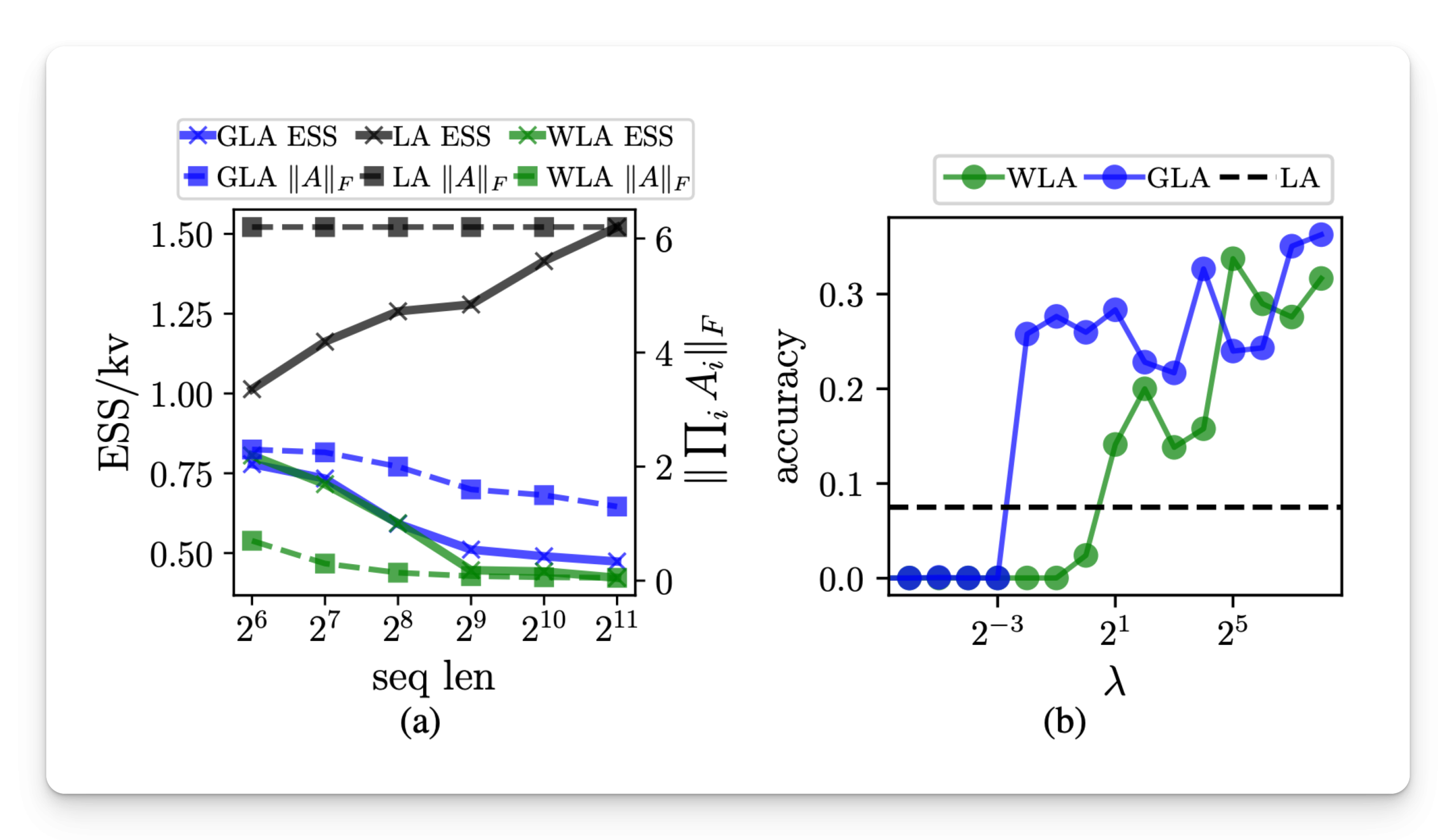
In machine learning, sequence models are designed to process data with temporal structure, such as language, time series, or signals. These models track dependencies across time steps, making it possible to generate coherent outputs…
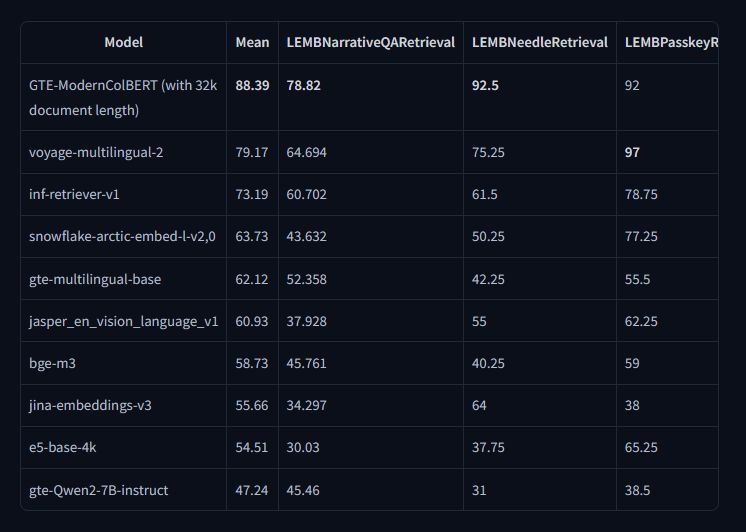
Semantic retrieval focuses on understanding the meaning behind text rather than matching keywords, allowing systems to provide results that align with user intent. This ability is essential across domains that depend on large-scale…

Artificial Intelligence (AI) has grown remarkably, moving beyond basic tasks like generating text and images to systems that can reason, plan, and make decisions. As AI continues to evolve, the demand for models that can handle more complex,…
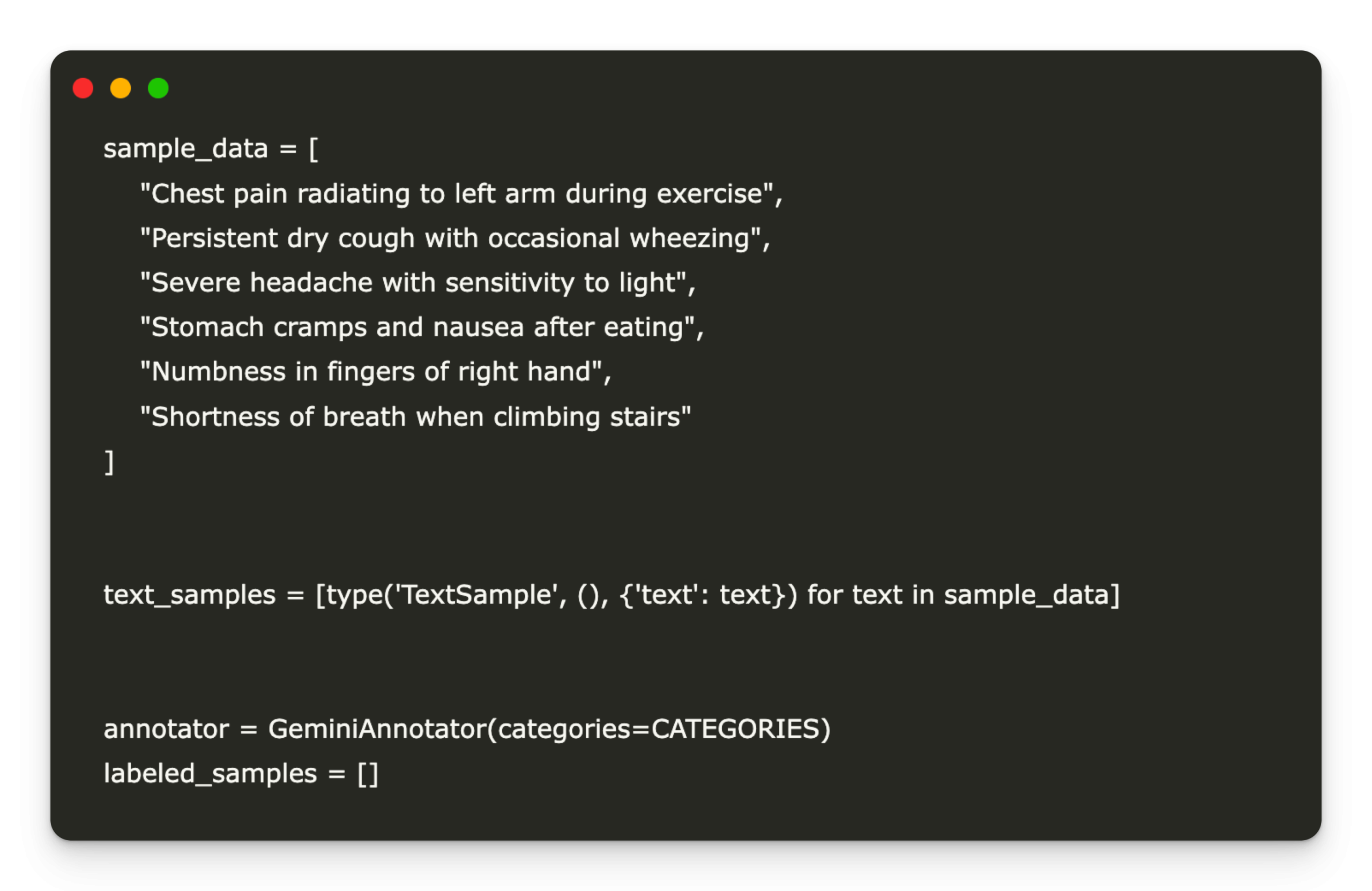
In this tutorial, we’ll learn how to leverage the Adala framework to build a modular active learning pipeline for medical symptom classification. We begin by installing and verifying Adala alongside required dependencies, then…

Shape primitive abstraction, which breaks down complex 3D forms into simple, interpretable geometric units, is fundamental to human visual perception and has important implications for computer vision and graphics. While recent…
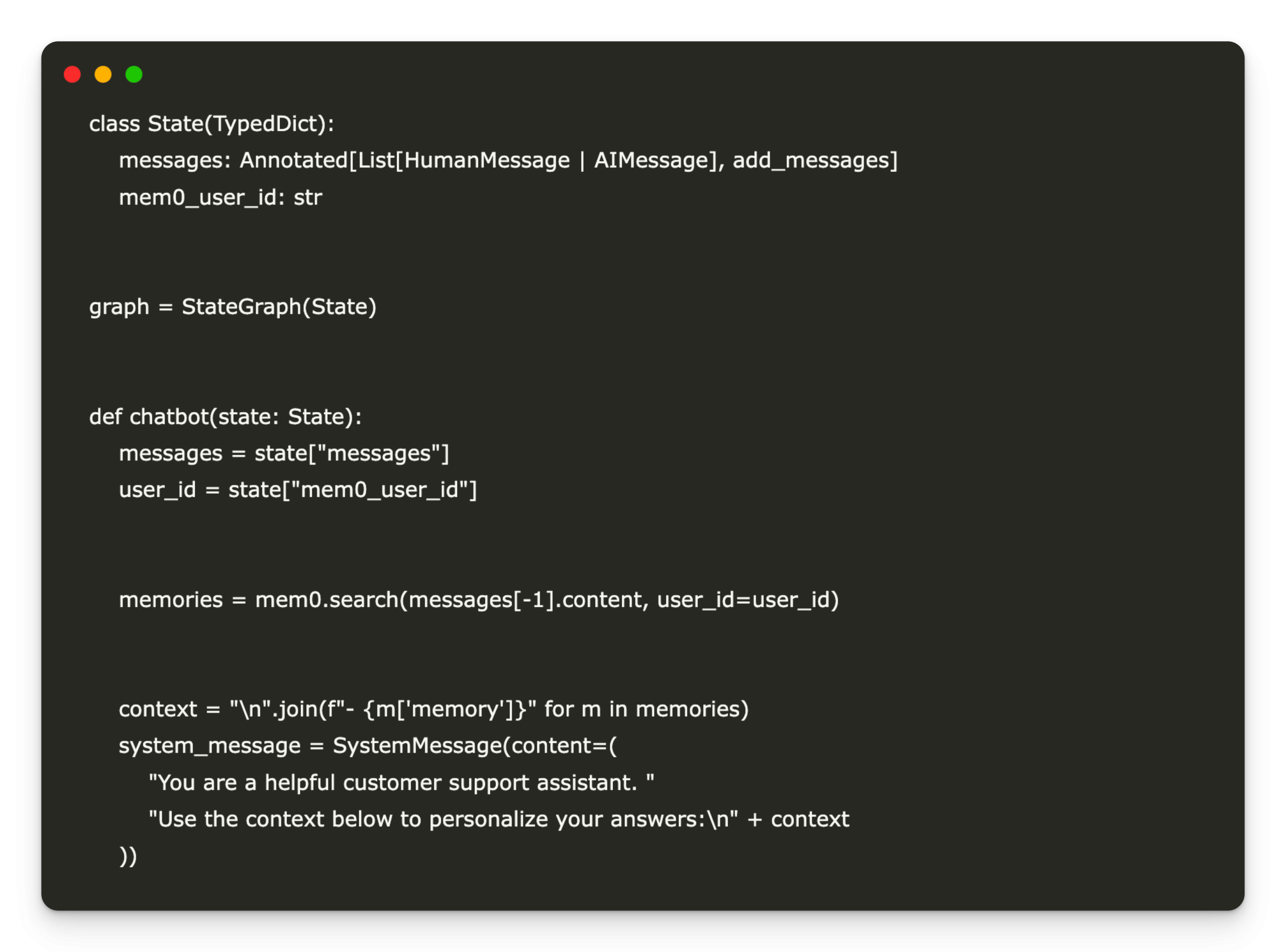
In this tutorial, we walk you through setting up a fully functional bot in Google Colab that leverages Anthropic’s Claude model alongside mem0 for seamless memory recall. Combining LangGraph’s intuitive state-machine…
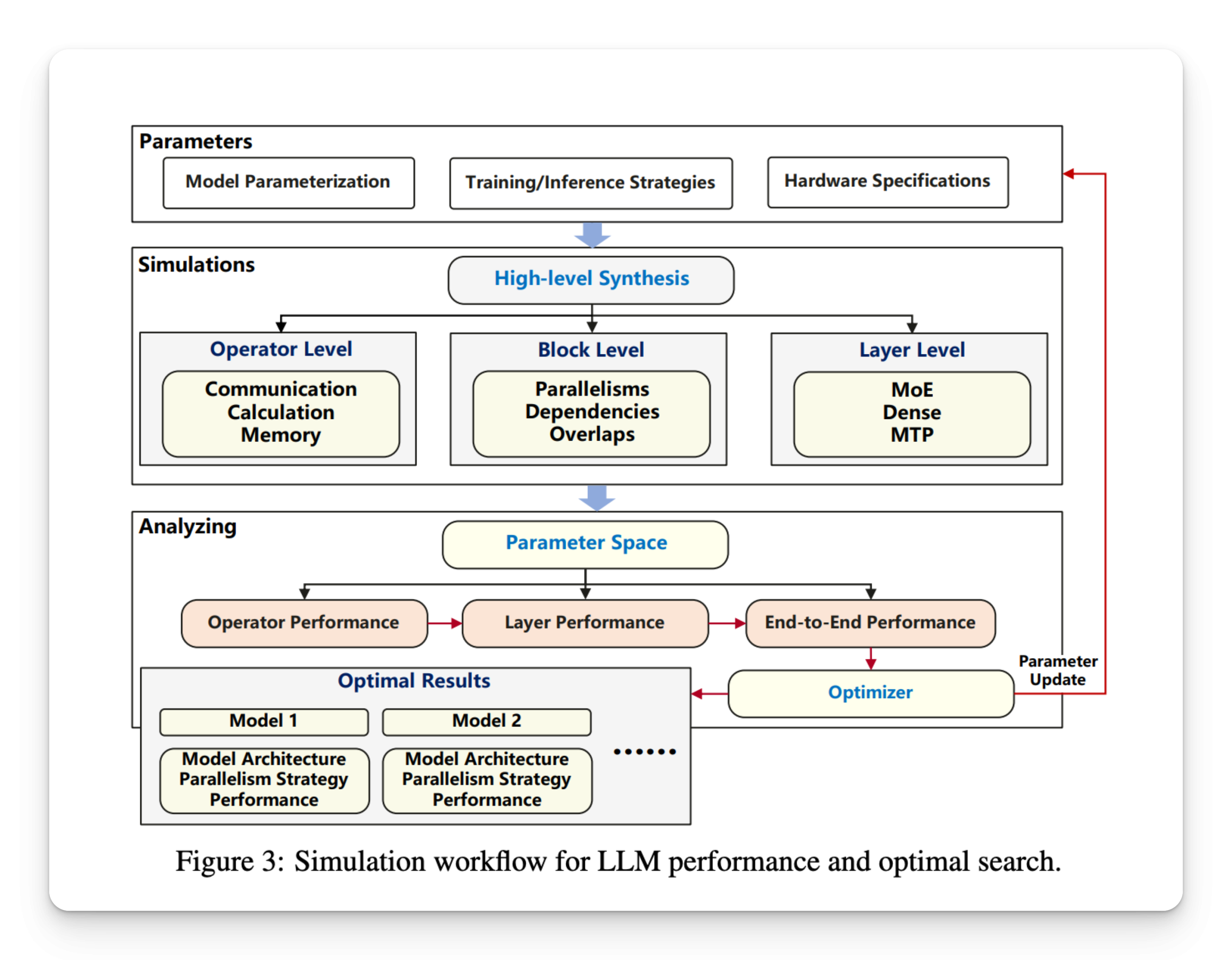
Sparse large language models (LLMs) based on the Mixture of Experts (MoE) framework have gained traction for their ability to scale efficiently by activating only a subset of parameters per token. This dynamic sparsity allows MoE…
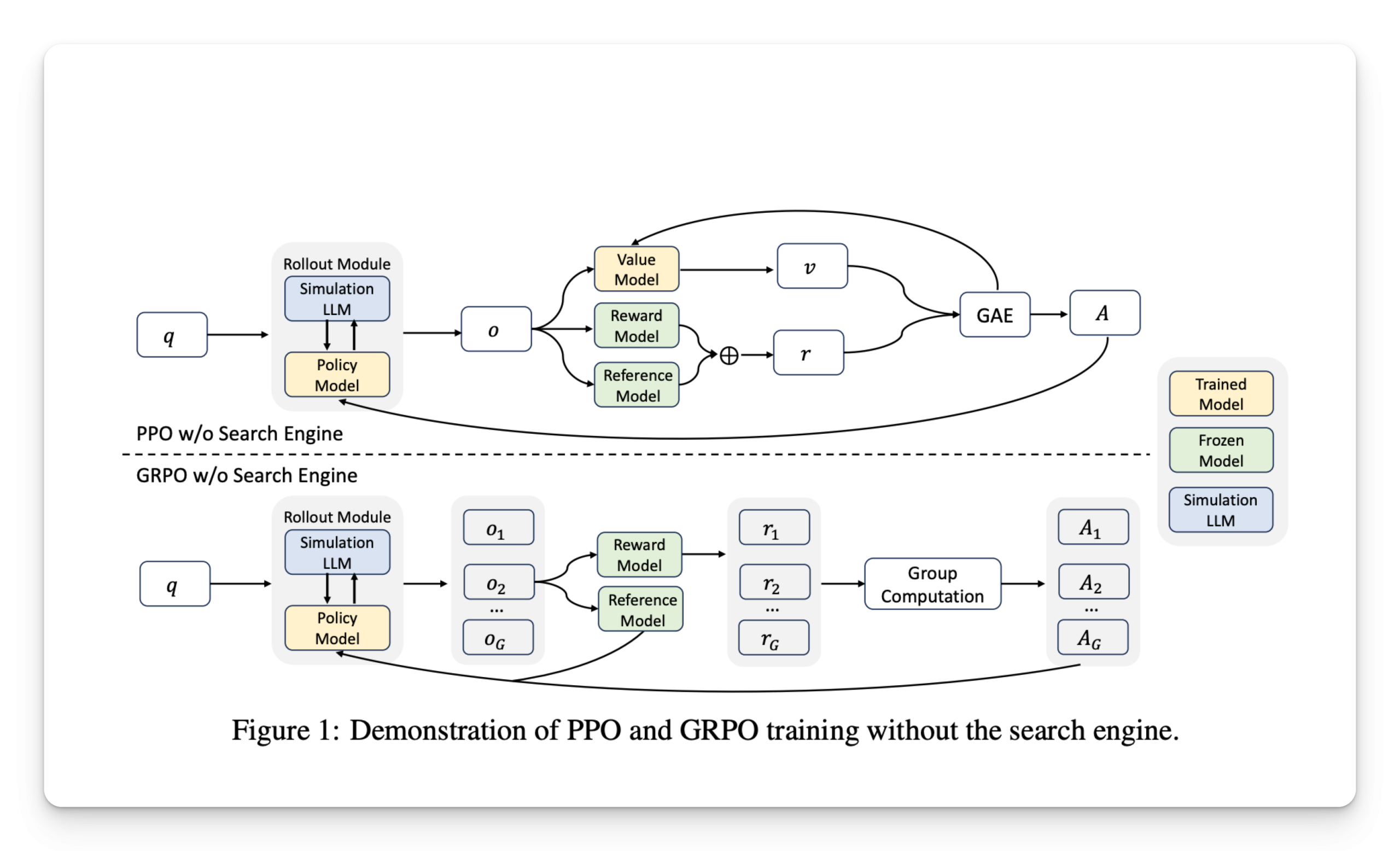
Large language models are now central to various applications, from coding to academic tutoring and automated assistants. However, a critical limitation persists in how these models are designed; they are trained on static datasets…
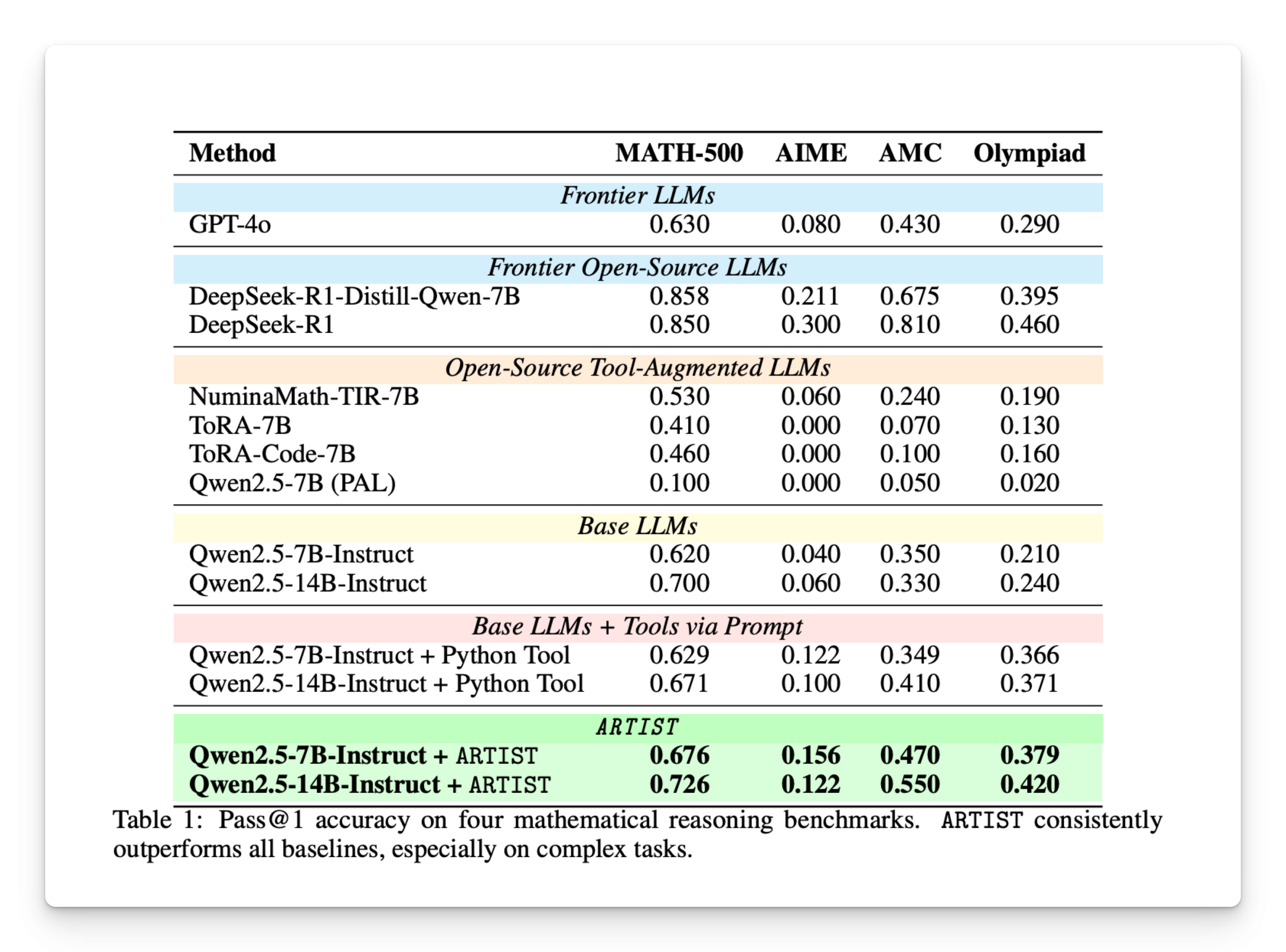
LLMs have made impressive gains in complex reasoning, primarily through innovations in architecture, scale, and training approaches like RL. RL enhances LLMs by using reward signals to guide the model towards more effective…